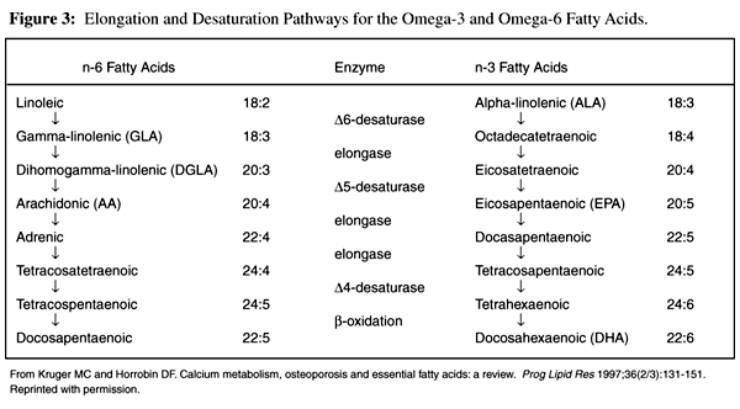The Use of Nutritional Guidance Within Chiropractic Patient Management: A Survey of 333 Chiropractors from the ACORN Practice-based Research Network
SOURCE: Chiropractic & Manual Therapies 2018 (Feb 20); 26: 7
Mi Kyung Lee, Lyndon Amorin-Woods, Vincenzo Cascioli, and Jon Adams
School of Health Professions,
Murdoch University,
Perth, Australia.

BACKGROUND: Food consumption and nutritional status affect an individual’s health throughout their life-course and an unhealthy diet is a major risk factor for the current global burden of chronic disease. The promotion of health and good nutrition through healthy eating requires the active involvement of all health professionals including chiropractors. This paper reports findings from the first nationally representative examination of the use of nutritional guidance within chiropractic patient management in Australia.
METHODS: A sample of 1000 practising chiropractors was randomly selected from the Australian Chiropractic Research Network (ACORN) practice-based research network database for a cross-sectional study and 33% participated in the online survey in November 2016. The questionnaire, based on previous designs used in similar surveys and nutrition resources developed by the National Health and Medical Research Council, was pretested prior to the survey. Pearson’s Chi square and bivariate logistic regression were undertaken to explore relationships with variables of interest.
RESULTS: The demographic details of the respondents are similar to those of the chiropractic workforce registered in Australia. Most chiropractors provided nutritional advice as part of their patient care and around a quarter provided specific dietary advice to their patients, including the use of nutrition supplements. Nutrition-related conditions most commonly encountered by the chiropractors were musculoskeletal, usually inflammatory in origin. Common nutritional assessment methods used included questioning patients to assess their nutritional and health status and physical appearance. Most of the participants provided nutritional resources to their patients in their clinics. However, the Australian Dietary Guidelines and the accompanying Australian Guide to Healthy Eating were not well utilised by the respondents. Australian chiropractors often referred patients with nutrition issues to qualified dietitians and other health professionals when deemed necessary.
There are more articles like this @ our:
CONCLUSIONS: Australian chiropractors regularly provide nutritional advice and appear to acknowledge the importance of nutrition in their clinical practice especially for patients presenting with chronic disease. If chiropractors are to fulfil their potential in providing such wider public health and preventative health advice to patients, further research examining the utilisation of evidence-based nutrition resources within chiropractic patient management is recommended.
KEYWORDS: Chiropractors; Diet; Dietary supplements; Health promotion; Nutrition; Nutritional assessment; Nutritional guidance
From the Full Text Article:
Background
Food and nutrition are important determinants of morbidity and mortality in contemporary society. [1] Nutrition related factors (for example excess energy intake, high salt diet, high fat diet) are associated with approximately 50% of the chronic burden of disease including cardiovascular disease, hypertension, obesity and diabetes. [2, 3]
The first Dietary Guidelines for Australia were developed in 1980 by the Commonwealth Health Department and the National Health and Medical Research Council (NHMRC) [4, 5] and remain in place today. The guidelines promote moderating body weight and growth, encouraging consumption of fruit and vegetables, whole grain cereals with limits on salt, sugar, fats and alcohol, promoting breastfeeding and ensuring food safety. [6, 7] Numerous recent reviews and meta-analyses have confirmed the value of these guidelines for health and longevity. [8–11]
Currently the major resources for evidence-based nutrition information in Australia are the Australian Dietary Guidelines (ADG) and its companion educational food guide, the Australian Guide to Health Eating (AGHE) and the Infant Feeding Guidelines. [12, 13] The requirements for micronutrients and optimal proportion of macronutrients are outlined in the Nutrient Reference Values, a set of recommendations for nutritional intake. [14] These documents and the detailed background evidence documents are available online. [12]
The ‘Go for 2 (Fruit) and 5 (Vegetable)’ campaign which promotes eating the minimum number of serves each day was based on the ADG was initiated in Western Australia and has been extended Australia-wide. [15] However, only 7% of the Australian population have been reported to meet the vegetable intake recommendations (from the Australian Dietary Guidelines) while over half (54%) met the recommendations for usual serves of fruit in the National Health Survey 2011–12. [16] These results indicate how difficult it is to encourage most Australians to follow healthy eating practices.
Read the rest of this Full Text article now!



Leave A Comment